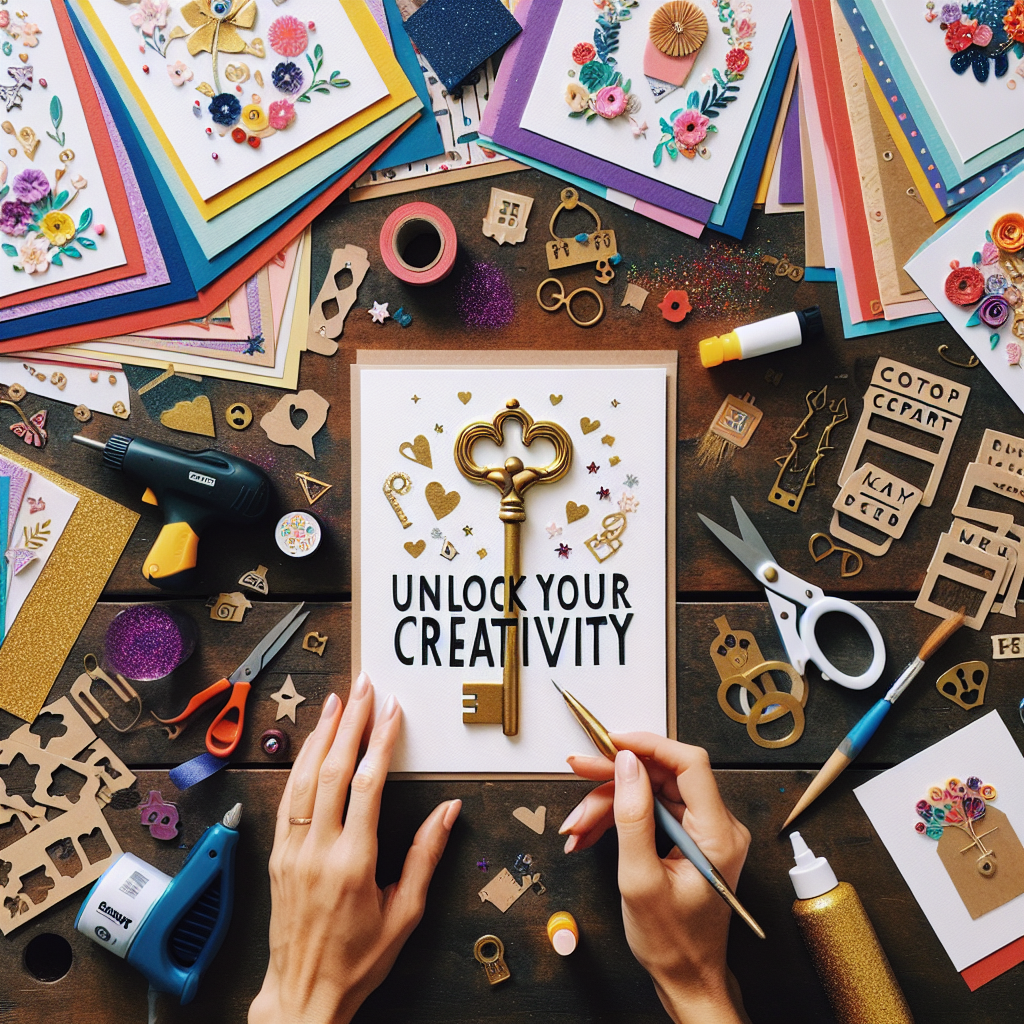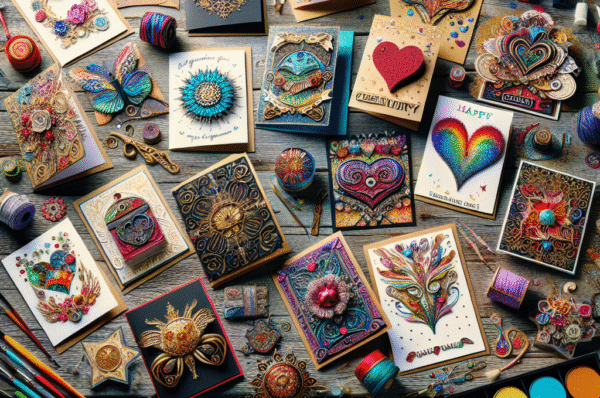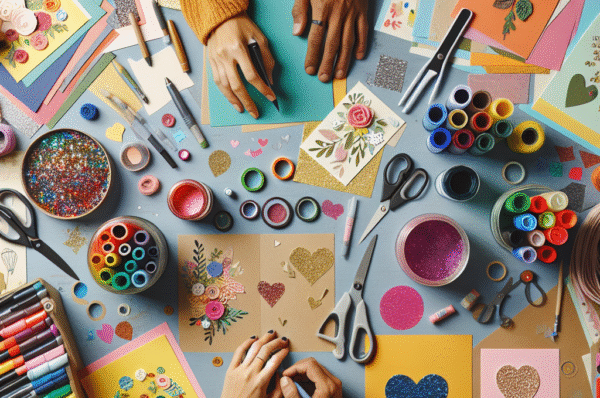In a world dominated by digital communication, the timeless charm of a handwritten card often gets lost in the shuffle. However, the allure of custom cards transcends their material form; they are tangible expressions of emotion, thoughtfulness, and creativity. Whether it’s a birthday, wedding, thank-you note, or holiday greeting, designing custom cards adds a personal touch that can make any occasion feel special. Here’s how you can unlock your creativity and master the art of custom card design.
1. Embrace Your Style
The first step towards designing custom cards is to embrace your unique aesthetic. Your individual style will shine through every card you create. Are you drawn to minimalistic designs, vibrant colors, vintage patterns, or whimsical illustrations? Spend time exploring various artistic styles through Pinterest, Instagram, or art blogs. Create a mood board that encapsulates your visual inspirations. This will serve as a reference point as you begin crafting your cards.
2. Choose the Right Materials
The materials you choose play a crucial role in the final outcome of your card. Consider experimenting with various cardstocks, textures, and colors. Crafting enthusiasts often recommend heavyweight paper for durability and a quality feel. Additionally, embellishments such as washi tape, stamps, stickers, and ribbons add depth and personality. Don’t shy away from experimenting with different mediums, such as watercolors, markers, or even digital design tools. Your creative possibilities are virtually limitless!
3. Gather Your Supplies
Once you’ve settled on a style and material, gather all the necessary supplies. Your toolkit might include:
- Pair of scissors or a craft knife
- Glue or double-sided tape
- Ruler and pencil for precise measurements
- Markers, colored pencils, or paints for illustration
- Stamps or stencils for added designs
Having everything within arm’s reach can streamline your creative process and help maintain your flow of inspiration.
4. Incorporate Meaningful Messages
The heart of any card lies in its message. Take some time to think about what you want to convey. Whether it’s a heartfelt thank-you note or a playful birthday greeting, the words you choose should resonate with the occasion. Personalizing messages by adding an anecdote or an inside joke can elevate your card from standard to unforgettable. Don’t forget to consider the recipient’s personality—are they sentimental, humorous, or straightforward? Tailoring your words to their character will make your card even more special.
5. Design with Balance
As you begin designing, pay attention to the overall balance of your card. A well-composed card has a harmonious flow that guides the viewer’s eye across the design. Consider the placement of text and images—too much clutter can overwhelm the recipient. Utilize negative space effectively to give your designs room to breathe. Experiment with font styles and sizes for eye-catching headlines while keeping the body text clear and legible.
6. Add Personalized Touches
To truly make your card stand out, add personal elements that reflect your relationship with the recipient. This could include a small drawing that signifies a shared memory, a pressed flower that matches their favorite color, or even a photo of a cherished moment. These unique touches will show the recipient just how much you care, turning a simple card into a heartfelt keepsake.
7. Explore Digital Design Options
Digital tools have revolutionized card design, opening up avenues for creativity that were previously unattainable. Programs like Adobe Illustrator, Canva, or even Procreate offer templates and design elements to help you create stunning digital cards. Use these platforms to combine your hand-drawn elements with digital finesse, allowing for professional quality without sacrificing your personal touch. Once completed, you can print on high-quality paper or send your designs as e-cards.
8. Create a Card-Making Routine
Like any creative pursuit, regular practice is essential for improvement. Consider setting aside dedicated time each week or month for card-making. Seasonal themes, holidays, or even personal events can provide a steady stream of inspiration. By creating a routine, you’ll not only refine your skills but also build a collection of cards ready to be shared at a moment’s notice.
9. Share Your Creations
After you’ve poured your heart and soul into your custom cards, consider sharing your creations with family, friends, or your community. You might even explore local craft fairs, markets, or online marketplaces to showcase and sell your designs. Engaging with others can help you gain valuable feedback, connect with fellow creatives, and enjoy the communal spirit of artistry.
Conclusion
Designing custom cards is more than just a creative endeavor; it’s a heartfelt way to connect with others. By unlocking your creativity, you can transform simple greetings into meaningful expressions that linger long after the occasion has passed. So gather your materials, unleash your imagination, and start crafting cards that celebrate the beauty of human connection—one design at a time.




